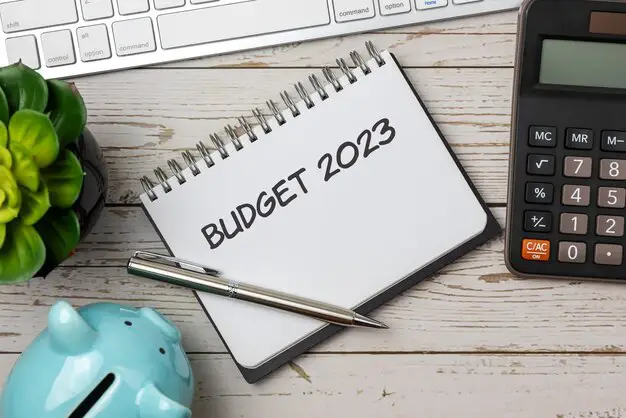Exploring More on Financial Intelligence Quotience and the 50/30/20 Budgeting Technique
The 50/30/20 budgeting rule is a popular guideline for allocating your income across different categories. It suggests dividing your after-tax income into three main categories.
Budgeting is an essential tool for managing personal finances effectively. The 50/30/20 budgeting rule is a straightforward and popular method that provides a structured approach to allocating income across different financial priorities.
This rule divides your after-tax income into three categories: 50% for needs, 30% for wants, and 20% for savings and debt repayment. By delineating these percentages, the 50/30/20 rule offers a balanced framework for individuals to cover essential expenses, enjoy discretionary spending, and prioritize savings or debt repayment.


Page Contents
Exploring More on Financial Intelligence Quotience and the 50/30/20 Budgeting Technique
1. 50% for Needs
Allocate 50% of your income to cover essential expenses and necessities. These include things like housing costs (rent or mortgage payments), utilities, groceries, transportation, insurance, minimum debt payments, and other essential bills.
2. 30% for Wants
Reserve 30% of your income for discretionary spending—non-essential items that improve your quality of life but aren’t crucial for survival. This category can cover dining out, entertainment, hobbies, vacations, shopping for non-essential items, and other personal expenses.
3. 20% for Savings and Debt Repayment
Allocate 20% of your income to savings, investments, and paying off debts beyond the minimum payment. This portion can go towards building an emergency fund, retirement savings, investment accounts, or aggressively paying down debt, such as credit cards or student loans.
Conclusion
Following the 50/30/20 budget rule can offer a balanced approach to managing your finances, ensuring that you cover your essential needs, enjoy discretionary spending, and save for the future simultaneously.
However, it’s essential to note that personal financial situations can vary. Depending on individual circumstances such as living costs, debt levels, income stability, and financial goals, you might need to adjust these percentages accordingly. It’s important to customize budgeting strategies based on individual circumstances and financial goals, as flexibility and adaptation are key to successful financial management.
Regularly reviewing and adjusting your budget based on changes in income or expenses is crucial to maintaining financial stability and achieving your financial objectives.







